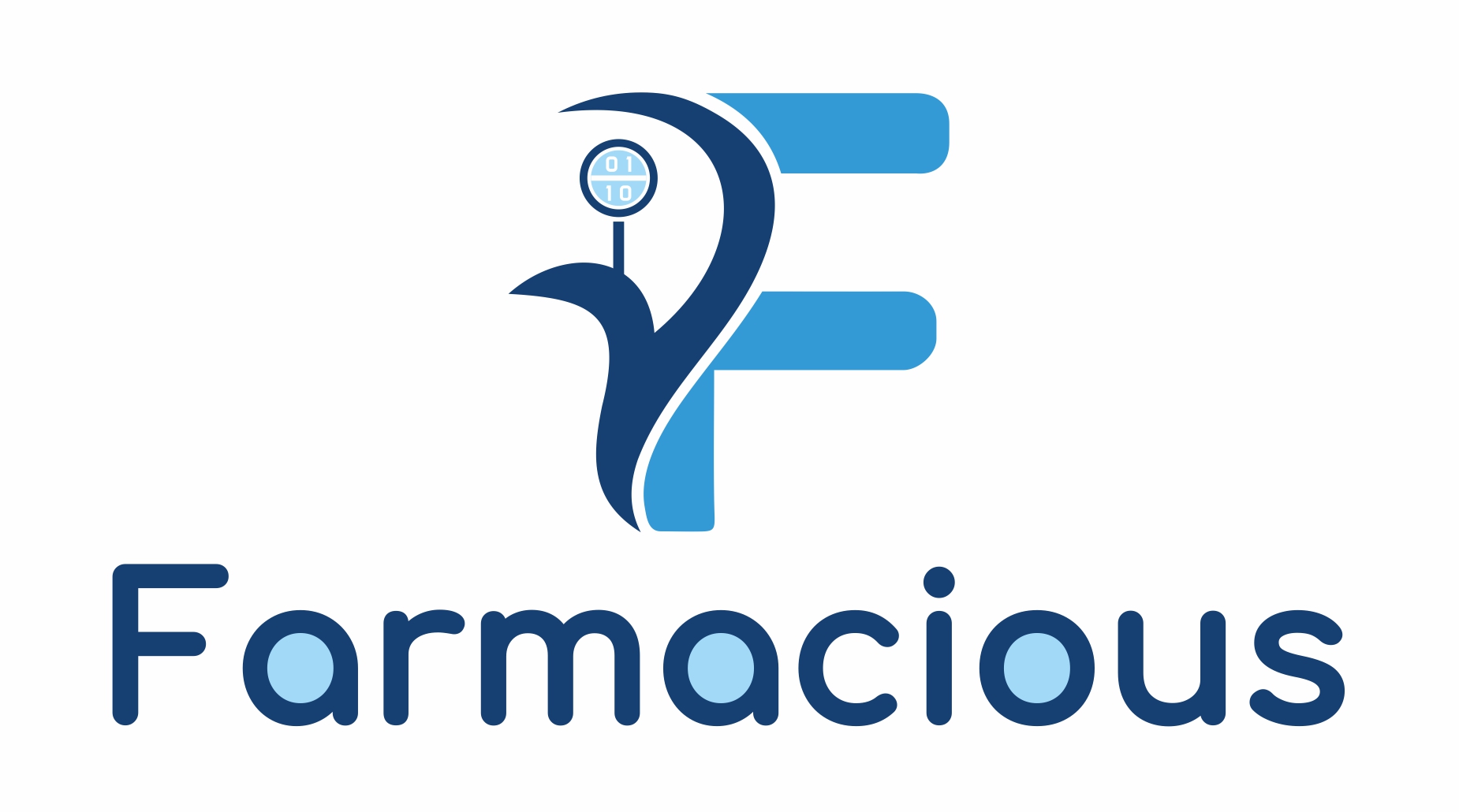In the pharmaceutical and life sciences industry, compliance is not optional—it is mandatory. One of the critical pillars of compliance is the validation of computerized systems that support GxP operations. To ensure a consistent, structured, and traceable approach, every organization needs a Computerized System Validation (CSV) Master Plan.
A CSV Master Plan (also referred to as a Validation Master Plan or VMP) is a high-level document that outlines the strategy, scope, roles, responsibilities, and methodology for validating computerized systems. It serves as a roadmap for executing CSV activities in a compliant and efficient manner.
In this blog, we walk you through a step-by-step guide to creating a robust CSV Master Plan, drawing from the deep industry expertise of Farmacious, a leading CSV and GxP compliance consultancy with over 22 years of experience and 300+ successful global projects.
Step 1: Define the Purpose and Scope
Begin by defining the objective of the CSV Master Plan. Clearly state that the document provides a framework for validating GxP-relevant computerized systems. Specify which systems, facilities, and departments are covered under this plan (e.g., Manufacturing, Quality Assurance, R&D).
Key Inclusions:
- Objective of the CSV Master Plan
- Scope (sites, systems, regulatory standards)
- Systems included and excluded
- Document applicability (new systems, upgrades, legacy systems)
Step 2: Establish Governance and Roles
Successful validation begins with assigning the right responsibilities. Define the roles and responsibilities of stakeholders such as:
- Project Sponsors
- Validation Leads
- Quality Assurance
- IT/System Owners
- Users
Establish a validation governance model including communication channels, approval workflows, and documentation ownership.
Step 3: Regulatory Framework and Standards
List the regulatory guidelines your validation efforts will comply with. The most common include:
- FDA 21 CFR Part 11 (electronic records & signatures)
- EU Annex 11
- GAMP 5 Guidelines
- WHO TRS
Explain how your organization interprets these regulations and incorporates them into the validation lifecycle.
Step 4: Risk-Based Approach
Adopt a risk-based approach to CSV to allocate resources efficiently. Not all systems require the same level of validation.
Activities include:
- System Risk Assessment (based on impact to product quality and patient safety)
- Data Classification (GxP or non-GxP)
- Determining validation effort based on system criticality
Use tools like the GAMP 5 V-model to structure your approach.
Step 5: Define the Validation Lifecycle
Your CSV Master Plan should detail the validation lifecycle, including phases and required documentation for each. A common lifecycle includes:
- User Requirements Specification (URS)
- Functional Specification (FS)
- Design Specification (DS)
- Risk Assessment (RA)
- Installation Qualification (IQ)
- Operational Qualification (OQ)
- Performance Qualification (PQ)
- Final Report and Release
Define which documents are mandatory and their templates, approval processes, and retention policies.
Step 6: Develop a Traceability Matrix
A traceability matrix maps user requirements to test cases, ensuring complete coverage. This not only aids in testing but also helps during audits by showing that every requirement has been verified.
Include a plan to update the matrix if there are changes to the system or its intended use.
Step 7: Change Control Management
No system remains static. Define how system changes, updates, patches, and upgrades will be managed through a formal change control process.
Include:
- Types of changes (minor, major)
- Impact analysis procedures
- Re-validation triggers
Ensure that change control is integrated with your Quality Management System (QMS).
Step 8: Periodic Review and Revalidation
Systems should undergo periodic review to assess their continued compliance, effectiveness, and data integrity. Define:
- Review frequency (e.g., annually)
- Criteria for review (e.g., deviations, audit findings, change history)
- Revalidation decision process
Step 9: Vendor and Service Provider Management
When using third-party vendors (e.g., cloud providers, software vendors), outline how their compliance will be ensured.
Include:
- Vendor qualification process
- Audit procedures
- Responsibilities matrix
- Service Level Agreements (SLAs)
Step 10: Training and Awareness
No validation effort can succeed without trained personnel. Detail your training plan for:
- Validation team members
- System users
- Quality and IT staff
Keep training records and ensure they are part of audit trails.
Conclusion
Creating a robust CSV Master Plan is not just about documentation—it is about building a culture of compliance, quality, and accountability. By following these ten steps, pharmaceutical companies can reduce compliance risks, improve efficiency, and build trust with regulatory authorities.
At Farmacious, we specialize in helping companies implement tailored CSV strategies that align with global standards and business needs. With a legacy of over 50 validated systems and deep domain expertise, we are your trusted partner in digital compliance.
Reach out to us to learn how we can help streamline your validation journey and build a rock-solid foundation for compliance.




